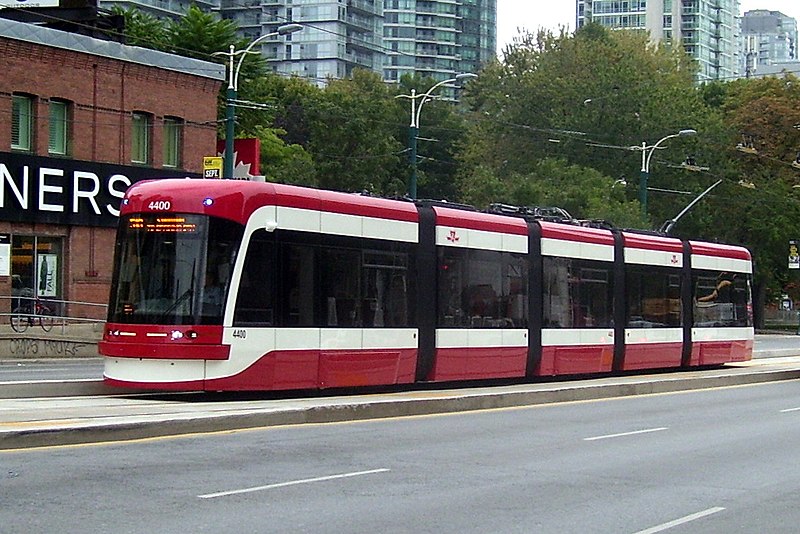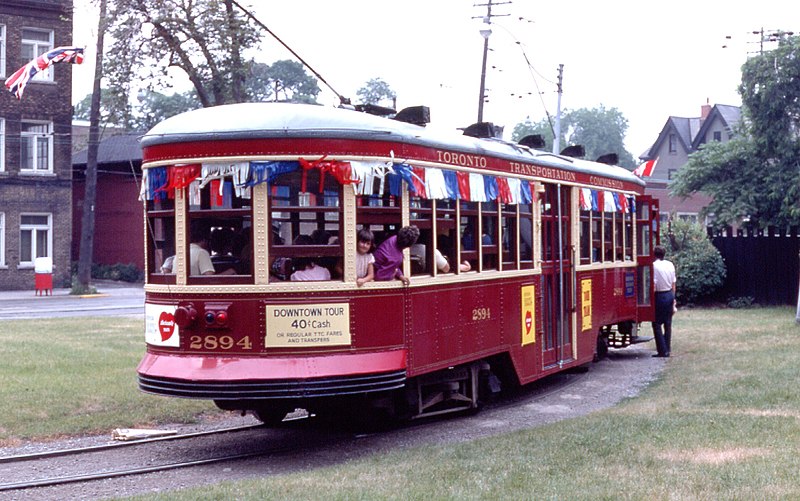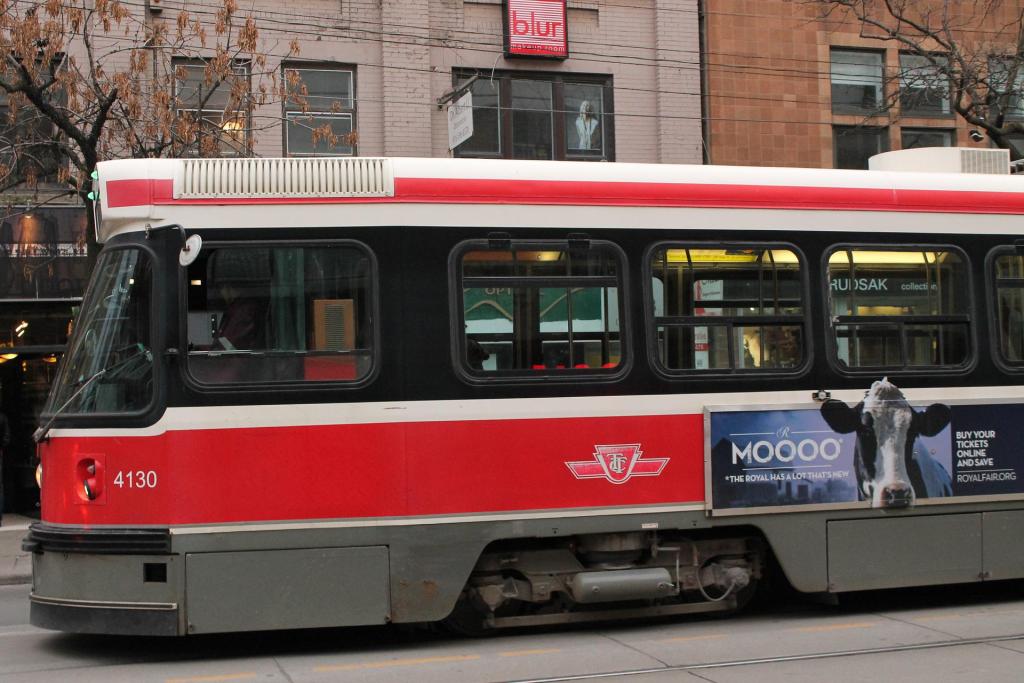7481 Woodbine Ave #203, Markham, ON L3R 2W1 (647) 806-8188
Copyright © 2021 CondoTrend. All rights reserved.

The TTC has a long history of serving those with impairments. In 1926, the Motor Coach Department launched a service to transport wheelchair-bound youngsters. The students were transported to the Wellesley Street School from their residences, regardless of their location within the city. The number of coaches used for this purpose expanded from three to four by 1930.
In 1948, at the initiative of the Kiwanis Club of West Toronto, one of the TTC’s buses was designated for wheelchair-bound passengers. The bus was modified by removing the seats and installing floor blocks for a wheelchair securement system. A wider back entrance and an access ramp were installed. There was enough room for eight wheelchair users. Prior to this, wheelchair-bound patients were often transported by ambulance. This customized bus was initially used on January 22, 1948 to carry veterans of the Second World War on a day excursion to the Art Gallery. The veterans were thrilled and anticipated attending future hockey games and other activities.
A pilot project dubbed GO Dial-a-Bus, inaugurated in the autumn of 1973, addressed a different kind of accessibility problem. The initiative, funded by the Ontario government and administered by the TTC, was designed to remedy the absence of regular service in specific Metro Toronto districts with lower population densities. It was an experiment to determine whether or not consumers would accept a premium, demand-based service. The idea began with a few minivans having space for 11 people. The Dial-a-Bus picked up and transported passengers to destinations such as shopping malls, hospitals, and metro stations. The research also investigated the Dial-a-potential Bus as a transportation service for consumers with mobility challenges. The claimed goal of the initiative was to reduce traffic during peak rush hours, and it was somewhat successful. However, demand was relatively modest and prices were quite high. The demonstration project was completed in early 1975.
As part of the test program, customers paid standard TTC rates for door-to-door transit between their homes and places of employment. Metro Toronto and the Province of Ontario contributed funding on an equal basis. The undertaking was a tremendous success, and customer demand increased. Phase II of Wheel-Trans began in February 1977. The subscription service for work-from-home remained, but a new demand-response service was launched. This service offered transportation for non-business outings, such as shopping or medical visits. Wheel-popularity Trans’s continued to increase, and services were increased until 1980, when there were 6,700 registered customers. As part of Metro Toronto’s plan to improve transportation for people with disabilities, the TTC took over all Wheel-Trans operations in 1989.

Late in 1990, the TTC launched the Community Bus, another new service designed to make public transportation more accessible to a larger population. The purpose of the community bus service was to meet travel needs not met by the existing grid configuration of routes; to provide coverage to neighborhood hubs such as civic buildings, medical facilities, community centers, plazas, and arenas; and to provide an alternative to having to pre-book a Wheel-Trans ride. A lot of older people, people who didn’t work, kids, and single-parent families lived in the target neighborhoods.
The initial community bus service traversed a six-mile route across the Lawrence and Bathurst neighborhoods, connecting a number of senior living facilities, the Baycrest Centre, the Lawrence Square Shopping Centre, and the Lawrence West subway station. Due to the popularity of the Lawrence Manor route, four more community bus routes were introduced in 1992. The new wheelchair-accessible routes in South Don Mills, Parkdale, East York, and North Bathurst were attractive to regular customers.

Since the 1990s, the TTC has taken the lead in making its fleet and infrastructure accessible to people of all abilities. Citizen advocacy has been and is crucial to this transition. In 1992, the TTC established the Advisory Committee on Accessible Transit (ACAT). This group facilitates continual public input on issues impacting Toronto’s accessible transit. The committee is comprised of volunteer members who are seniors and people with disabilities or who represent their needs and concerns. ACAT has monthly meetings and immediately reports to the TTC Board.
In recent years, accessibility concerns have affected every area of TTC operations. Downsview (renamed Sheppard West) opened in 1996 as the first accessible subway stop. target date of 2025 for all stations to have elevators, broad fare-gates, and power-operated doors. Currently, two-thirds of the system’s subway stations are accessible. In 1996, the first accessible full-size buses entered service, and by 2011, the whole bus system was accessible. The first accessible streetcars were launched in 2014, and with the retirement of the last of the older streetcars in 2019, the whole fleet of streetcars is now accessible. In addition to enhancing navigation and signage, the TTC has used design and technology to make life simpler for everyone. Among the anticipated advances are interactive touch panels that give travel planning and local area information in different languages, as well as beacon technology that enables users, especially those with visual impairments, to navigate around stations using their mobile devices. Accessibility helps all individuals.
7481 Woodbine Ave #203, Markham, ON L3R 2W1 (647) 806-8188